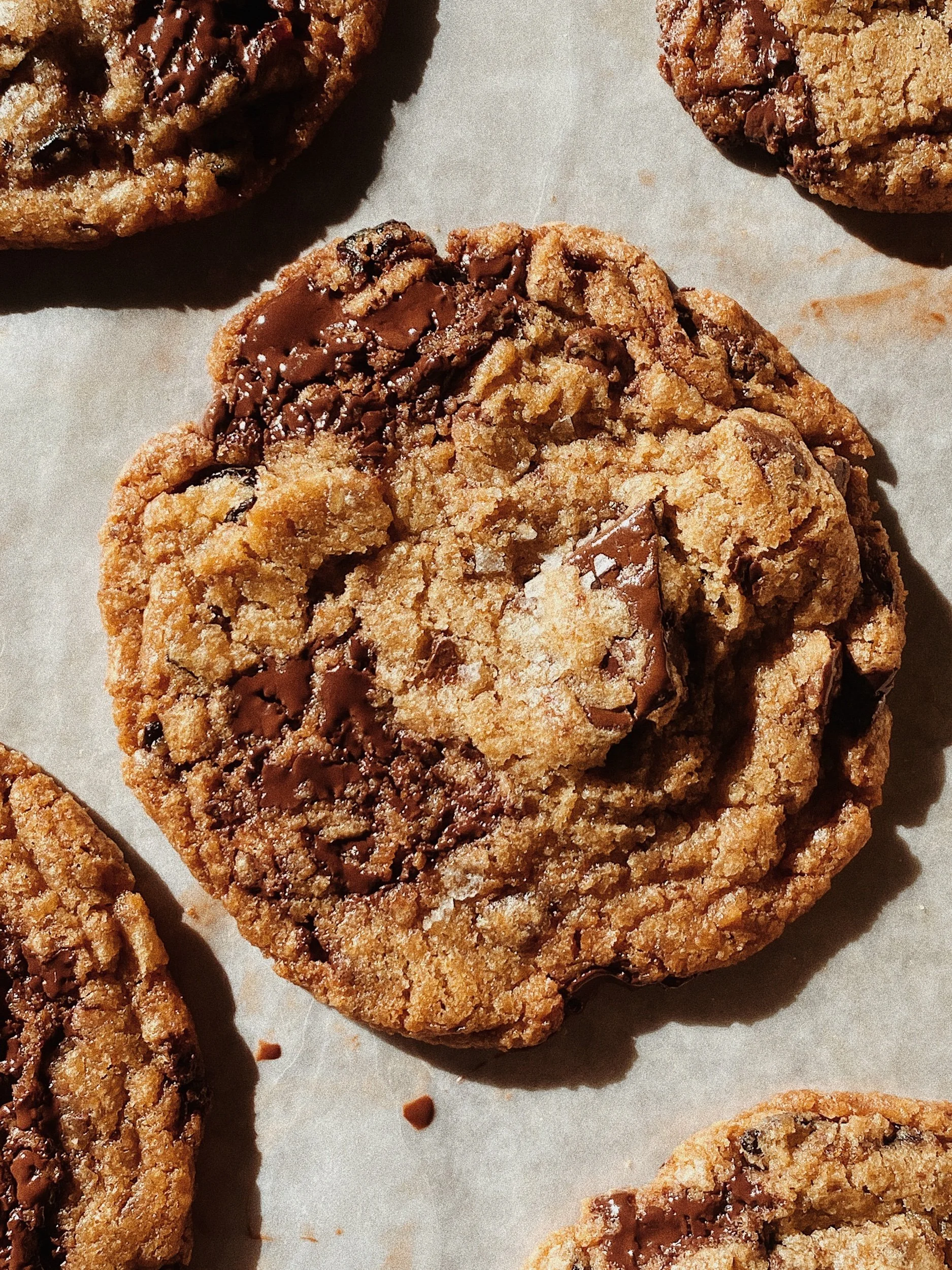The Alternative Medicine Pain Relief Toolbox
We experience our feelings, thoughts, actions, and reactions through an intricate interconnection between our nervous and musculoskeletal systems.
When we experience strong emotions, whether due to emotional or physical distress or trauma, there are multiple parts of the brain that guide our bodies into reaction:
• The limbic system, the site of our instinctual emotional reactions.
• The hypothalamus, which connects with the endocrine system and the gut organs.
• The amygdala, where we process sensory information into memory and learning.
• The cortex, where we regulate emotion.
Emotions are emotions and they are neither good nor bad; they simply are. It’s in the lack of expression and processing that these emotions can be detrimental to our bodies in the longterm. This is evident in many bodies through reactions ranging from adhesions in fascia from chronic tensing of the body to panic attacks. Every emotion we experience, especially through repeated exposure and reaction, leaves a trace throughout these areas of the brain and creates an expectancy, of its eventual reoccurrence and ultimate repeated reaction.
Our limbic brain is essential to understand here, as its the site that can trigger a fight-or-flight response through our sympathetic nervous system residing in the autonomic nervous system. Sometimes our memories, especially reliving of them in our minds, can be powerful enough to activate these systems. That in return floods our bodies with epinephrine and norepinephrine. These neurotransmitters are useful in physically demanding life-or-death situations, where they give the body a boost of energy and pain modulation in the case of an accident, for example. However, when these systems are activated during a panic attack at a grocery store for instance, there's a buildup of neurotransmitters that are pushing the body for escape without a reason to do so and a physical and metaphorical way out, both for the person experiencing and for the flood of neurotransmitters.
Through repetition of such experiences, our bodies can be susceptible to a cascade of changes, from cortisol increase that leads to blood sugar instability to increased inflammation that can cause pain. This is why it’s important to release emotions in a healthy way mentally and physically as a part of the pain relief toolkit.
The practices below will hopefully create a psychosomatic connection for your body to release physical and emotional pain.
Salt and Mustard Bath
A salt and mustard bath—mix of epson salts and mustard bath powder like this one—can relieve physical & emotional pain as well as inflammation in muscles. A bath, even as short as 10 minutes, can ease our abstract thoughts surrounding a stressful day through the direct relaxing sensory experiencing of a bath. Similar to practises in many religions such as a baptism or mikveh, we can wire our minds into washing off our day in the bath.
Draw the bath with the salt and mustard, adding a few drops of black pepper essential oil for deeper tension release. Sink into the bathtub or stand under the shower, breathing from your belly and lower back as you envision the energetic dirt washing away from your body. If it sits with you, you can repeat in your mind: “I let it go, I move forward” or others to try are I forgive myself, I am safe, I am protected, I am healthy, I am strong, I am whole, the pain is leaving my body.
When and if you have a moment prior to a bath or a long shower, you can further ease emotional tension residing in your body through the Ayurvedic practise of Abhyanga, a time-honoured tradition of self-massage with warm oil. The oil most suitable for the individual's constitution or dosha is selected—sesame for vata, coconut for pitta, and almond or olive for kapha—and is applied warmed to the entire body from the scalp right down to the toes. It pushes for the release of toxic ama from the tissues and aids in elimination by activating the lymphatic system. Please advise against this practise if you are menstruating, acutely ill or recovering, pregnant, or have a thick, white coating on your tongue that is indicative of high levels of ama (toxin or undigested metabolic waste).
If you are particularly achy in certain joints or muscle groups, I suggest massaging those areas with this oil. Alternatively, Kwan Loong Oil or Wood Lock Oil are also therapeutic Chinese Medicine options. If you have an aggravated nerve, such as a pinched nerve in a shoulder or sciatica, then I always recommend daily massage of the area with Topricin or this.
Dry Brushing
Skin is our largest cleaning organ with its 17 square feet of surface area, akin to our lungs, liver, and kidneys. Dry brushing can increase circulation, shed dead skin cells, and stimulate lymphatic drainage, moving nutrients from your blood into your cells and removing toxins. The lymphatic system is responsible for about 15 percent of the body’s circulation, transporting white blood cells that help rid the body of toxic materials. Brushing also stimulates production of collagen and elastin fibers, which help support skin as it ages.
Always use a brush specifically made for dry brushing, available in most health food stores. Go gently and work the brush in circular motion, beginning with the soles of the feet and working upward in the direction of the heart.
Tibetan Rites of Rejuvenation
“The Tibetan Rites are a sequence of five poses believed to be several thousand years old that have been called “a fountain of youth.” You may use this guide on YouTube as an introduction Please note: Throughout each of the exercises, please breathe only through your nose with your mouth closed. “Pump” your breath through your nostrils, use your breath to direct your concentration. Try incorporating it in the morning as a quick exercise or in place of meditation if silent meditation is difficult for you.


